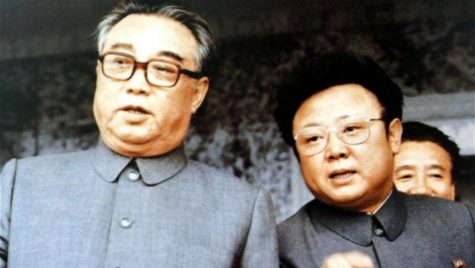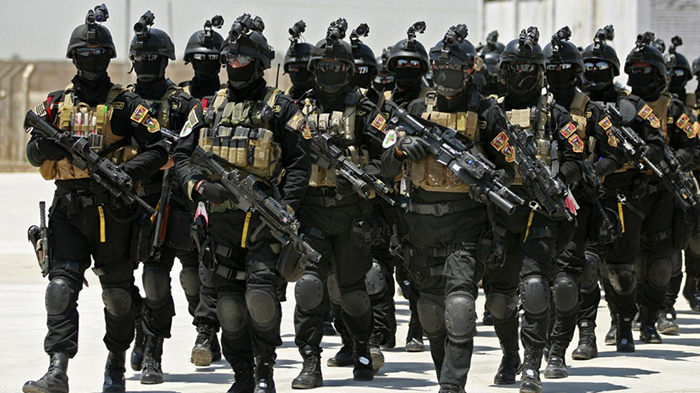The Korean Missile Crisis: How did we get here?
Earlier this week, residents in Hokkaido, Japan were told to get as far underground as possible as a North Korean missile passed overhead. Why does the so-called DPRK constantly attempt to provoke its neighbors?

The Korean Crisis has its roots prior to WW1, in the Imperial Japanese Empire. In their efforts to spread their influence over all of Asia, Japan occupied the Korean peninsula in 1910. For almost 9 years, the Japanese Military ruled over Korea with an iron fist, clamping down on all dissent, often with brutal force. This continued until 1945, when the United States, along with the threat of the Red Army and Korean Communists advancing from the North, forced Japan to an unconditional surrender and the end of World War 2.
The Korean Peninsula was divided along the 38th Parallel, the latitudinal line that divides them to this day, with the communists establishing the so-called Democratic People’s Republic of Korea (DPRK) in the north and the rest of the populus establishing the Republic of Korea (ROK) in the south. The ROK would go on to form a fully functioning western-styled democracy, while the DPRK would maintain a hereditary communist dictatorship founded on a cult of personality surrounding Kim Il Sung and his family.
For a short while, peace was maintained between the two until the communist north attempted to take over the democratic south. Though initially outnumbered and outgunned, the ROKA received support from the US and UN, which allowed them to turn their defensive into an offensive, pushing communist forces (Korean People’s Army – KPA) all the way to Pyongyang, the North Korean capital. The Chinese, fearing a US-led invasion of their country, threw their army in with the North. The Soviet Union later committed their air force. With these super powers throwing their weight behind both sides, fighting stalled around the 38th parallel. An armistice was reached and the territory remained unchanged.
Several incidents of continued North Korean aggression have occurred since the armistice, notably the murder of two officers for attempting to remove a tree in the Joint Security Area, attacks on South Korean vessels, and even the bombardment of a border village by North Korea, prompting their neighbors to destroy KPA gun positions and kill KPA personnel. Since 2013, North Korea has declared the armistice null and void and claimed themselves to be at war with the Republic of Korea. This led them to begin developing nuclear weapons as a way to destroy the ROK, a threat which has rings empty to this day. Despite their claims that the US is within range, North Korean missiles have a demonstrated maximum range of between 1600 and 1700 miles, not even far enough to reach Anderson base on Guam, much less the continental US, 5000+ miles away. Adding to that, none of their missiles are capable of carrying a nuclear payload.
That brings us to the modern day. North Korea continues to hurtle towards reigniting the Korean Conflict, with no allies and an inferior military. The United States’ patience is at a critical low, and North Korea continues to behave on its delusions of grandeur. With tensions at an all time high, the US and its allies have come to the conclusion that sanctions will do nothing. Only time will tell how this conflict is remembered.

